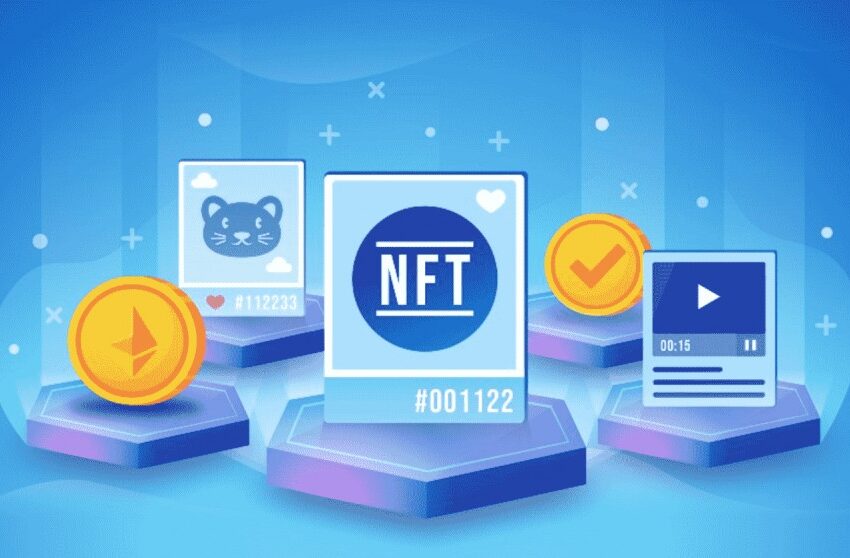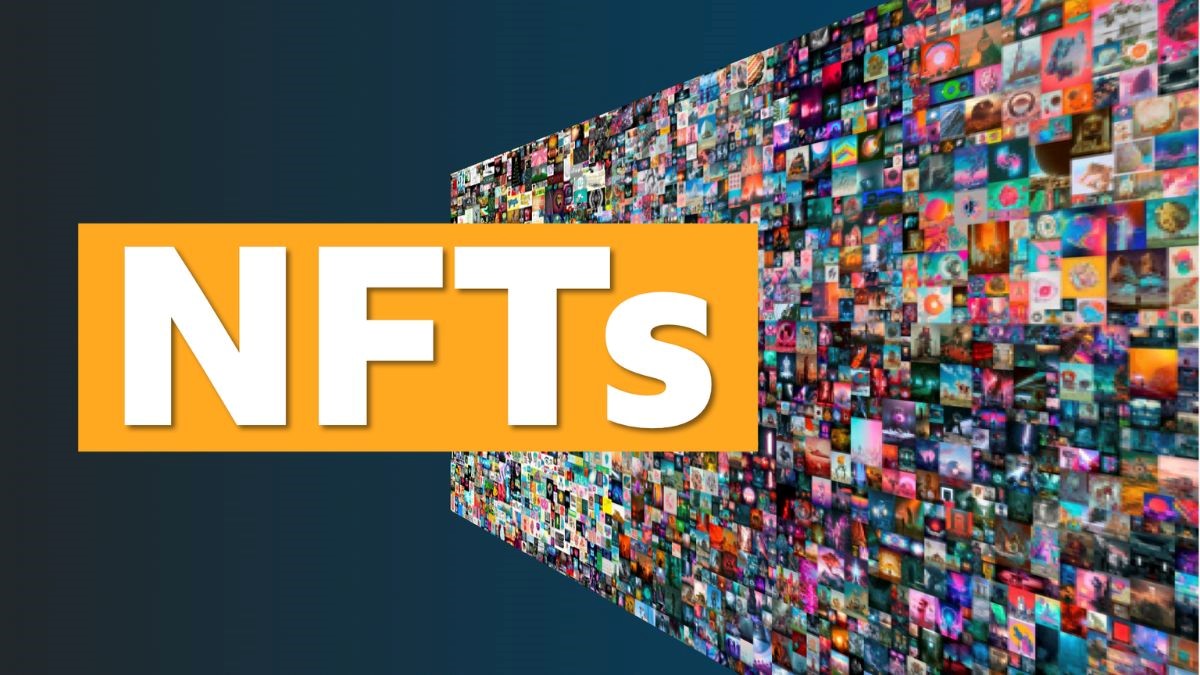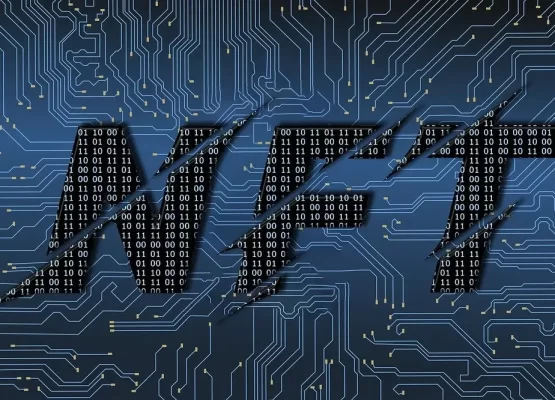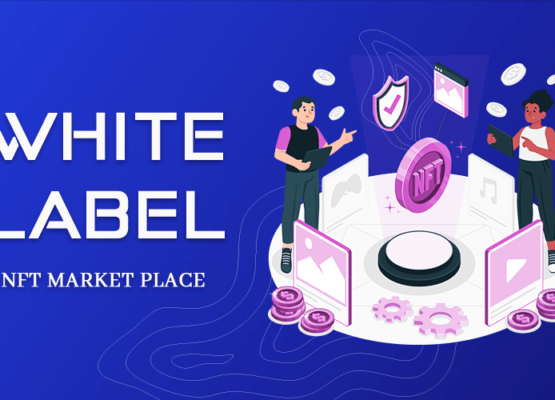Introduction to NFTs and NFT Marketplaces
NFTs, or non-fungible tokens, are digital assets that are unique and indivisible. Unlike fungible tokens such as cryptocurrencies, NFTs cannot be exchanged for other tokens of equal value. NFTs are stored on a blockchain, providing a decentralized and transparent way to verify ownership and authenticity.
NFT marketplaces are platforms that allow creators to sell their digital assets as NFTs, and buyers to purchase and trade NFTs with each other. These marketplaces have gained significant popularity in recent years, with high-profile sales reaching millions of dollars.
The rise of NFTs and NFT marketplaces has created a new economy for digital art, music, and other forms of creative expression. As the market continues to evolve, building a successful NFT marketplace requires careful consideration of key features and user needs.
Key Features of a Successful NFT Marketplace
- Easy Onboarding and User-Friendly Interface: The process of creating and buying NFTs should be user-friendly and accessible to both tech-savvy and non-technical users. A simple and easy-to-use interface can help attract more users to the platform.
- Secure and Transparent Blockchain Integration: A secure and transparent blockchain infrastructure ensures the authenticity and ownership of NFTs, giving buyers and sellers confidence in the marketplace.
- Smart Contract Functionality: Smart contracts enable the creation and execution of complex transactions automatically, ensuring that transactions are executed in a secure, reliable, and transparent way.
- Low Transaction Fees: High transaction fees can discourage users from using the platform, so it’s essential to keep transaction fees low to attract more users to the platform.
- Scalability: A successful NFT marketplace should be scalable to accommodate a large number of users and high volumes of transactions.
- Search and Filtering: An efficient search and filtering system is essential for buyers to find the NFTs they’re interested in, and for sellers to showcase their work to potential buyers.
- Payment Processing: Payment processing should be seamless and secure, with a range of payment options available for buyers and sellers.
- Marketing and Community Building: A strong community can help build the reputation and popularity of the NFT marketplace. Therefore, a successful NFT marketplace should have an effective marketing strategy to attract new users and engage with the existing community.
- Integration with Third-Party Services: Integrating with third-party services such as cryptocurrency wallets and market analytics tools can enhance the user experience and provide additional functionality to users.
- Legal Compliance: A successful NFT marketplace should be compliant with local laws and regulations, including KYC/AML (know your customer/anti-money laundering) requirements.
User Experience and Interface Design
User experience (UX) and interface design are crucial factors in the success of an NFT marketplace Development. Here are some key considerations for designing a user-friendly and engaging platform:
- Simple and Intuitive Navigation: The marketplace should have a clean and organized layout, with simple and intuitive navigation to help users find what they’re looking for quickly.
- Responsive Design: The marketplace should be optimized for mobile devices, as many users will be accessing the platform from their phones.
- Visual Appeal: The design of the marketplace should be visually appealing, with a consistent color scheme, typography, and imagery.
- Clear and Concise Messaging: The messaging on the platform should be clear and concise, with a focus on the benefits of using the marketplace and the value of NFTs.
- Smooth Onboarding Process: The onboarding process should be streamlined and straightforward, with clear instructions and guidance for users.
- User Feedback and Testing: Feedback from users can help identify areas for improvement in the UX and interface design. Testing new features and designs with a small group of users can help ensure that they are effective before rolling them out to the wider user base.
- Customization Options: Providing customization options can help users tailor the marketplace to their individual preferences, improving their overall experience.
- Engaging Visuals: The marketplace should have engaging visuals that showcase the NFTs and the work of the creators, with the ability to zoom in and examine details.
- Accessibility: The marketplace should be accessible to users with disabilities, with features such as alt text for images and captions for videos.
- Support and Help Center: A comprehensive support and help center can assist users in resolving any issues they may encounter, ensuring a positive experience on the platform.
Marketing and Community Building
Marketing and community building are crucial for the success of an NFT marketplace. Here are some key considerations:
- Identify the Target Audience: Identify the target audience for the NFT marketplace and tailor the marketing strategy accordingly. Consider factors such as age, gender, interests, and location.
- Social Media Marketing: Social media platforms such as Twitter, Instagram, and TikTok are great for reaching a broad audience and building a community. Use these platforms to share content, engage with followers, and showcase NFTs and creators.
- Influencer Marketing: Collaborate with influencers in the NFT space to promote the marketplace and NFTs. Influencers can help increase visibility and credibility for the platform.
- Email Marketing: Collect email addresses from users and send regular newsletters with updates, new releases, and promotions.
- Events and Partnerships: Host events and collaborate with other organizations or platforms to increase exposure and build a community.
- Referral Programs: Implement a referral program to incentivize users to invite their friends and family to join the platform.
- User-Generated Content: Encourage users to share their NFTs and experiences on social media and the platform itself. User-generated content can help increase engagement and build a sense of community.
- Rewards and Incentives: Offer rewards and incentives to users who actively engage with the platform, such as discounts on transaction fees or exclusive NFT releases.
- Community Management: Have a dedicated team to manage the community and address user concerns promptly. This can help build trust and loyalty among users.
- Thought Leadership: Establish the NFT marketplace as a thought leader in the industry by producing valuable content such as blog posts, whitepapers, and webinars. This can help build credibility and increase visibility for the platform.
Revenue Streams and Business Model
Revenue streams and business models are important considerations for building a sustainable NFT marketplace. Here are some common revenue streams and business models for NFT marketplaces:
- Transaction Fees: One of the most common revenue streams for NFT marketplaces is through transaction fees. The platform charges a percentage of each transaction made on the marketplace.
- Listing Fees: Some NFT marketplaces charge a listing fee for creators to list their NFTs on the platform. This fee can vary depending on the type of NFT and its value.
- Subscription Fees: Some NFT marketplaces offer subscription-based models, where users pay a monthly or annual fee to access premium features or exclusive content.
- Royalties: Some NFT marketplaces enable creators to earn royalties on secondary sales of their NFTs. The platform takes a percentage of each secondary sale made on the marketplace.
- Ads and Sponsorships: NFT marketplaces can generate revenue through ads and sponsorships, much like traditional e-commerce platforms.
- Custom NFT Development: Some NFT marketplaces offer custom NFT development services for businesses and organizations, which can generate a significant amount of revenue.
- Gaming and Collectibles: NFT marketplaces that focus on gaming and collectibles can generate revenue through in-game purchases and virtual goods.
- Bundles and Packages: Some NFT marketplaces offer bundles and packages of NFTs, enabling users to purchase multiple NFTs at a discounted price.
- NFT Auctions: NFT marketplaces can generate revenue through NFT auctions, where users bid on unique and rare NFTs.
- Partnerships and Collaborations: NFT marketplaces can generate revenue through partnerships and collaborations with other platforms, organizations, and creators.
When deciding on a business model, it’s essential to consider the platform’s target audience, the value proposition, and the competitive landscape. A well-designed and sustainable business model can help ensure the long-term success of the NFT marketplace.
Competitor Analysis and Market Research
Competitor analysis and market research are important components of building a successful NFT marketplace. Here are some key considerations:
- Identify Competitors: Research existing NFT marketplaces and identify their strengths, weaknesses, and unique selling points. This information can help inform the development of the NFT marketplace and its value proposition.
- Market Research: Conduct market research to understand the target audience, their preferences, and the demand for NFTs. This information can help inform the user interface, user experience, and marketing strategy.
- SWOT Analysis: Conduct a SWOT analysis (Strengths, Weaknesses, Opportunities, Threats) to identify the key strengths, weaknesses, opportunities, and threats of the NFT marketplace. This analysis can help inform the development of the platform and its marketing strategy.
- Differentiation: Identify the unique value proposition of the NFT marketplace and differentiate it from competitors. This could be through features, user experience, user interface, or other factors.
- Customer Feedback: Gather customer feedback through surveys, focus groups, or other means to understand user preferences, concerns, and areas for improvement.
- Market Trends: Stay up-to-date with market trends and changes in the NFT space to inform the development of the NFT marketplace.
- Competitive Pricing: Consider pricing models of competitors and set competitive pricing for transaction fees, listing fees, and other revenue streams.
- Partnerships and Collaborations: Research potential partnerships and collaborations with other platforms, organizations, and creators to enhance the value proposition of the NFT marketplace.
By conducting thorough competitor analysis and market research, NFT marketplaces can ensure they are meeting the needs of their target audience, differentiating themselves from competitors, and providing a valuable and sustainable service.
Future Trends and Opportunities in NFT Marketplaces
The NFT marketplace is an exciting and rapidly evolving space, with new trends and opportunities emerging all the time. Here are some potential future trends and opportunities in NFT marketplaces:
- Integration with Gaming and Metaverse: NFT marketplaces can integrate with gaming and metaverse development platforms to enable in-game purchases and virtual goods.
- Use in DeFi and Cryptocurrency: NFTs can be used as collateral in decentralized finance (DeFi) applications, providing a new source of liquidity and revenue for NFT owners.
- Fractionalization of NFTs: Fractional ownership of NFTs can enable broader access to high-value NFTs, allowing multiple investors to own a portion of the NFT.
- NFTs for Physical Assets: NFTs can be used to represent ownership of physical assets such as real estate, art, and collectibles, providing a new way to buy, sell, and trade physical assets.
- Social Impact and Philanthropy: NFT marketplaces can partner with charitable organizations to enable the creation and sale of NFTs that support social impact and philanthropic causes.
- Environmental Sustainability: NFT marketplaces can implement measures to reduce their environmental impact, such as using renewable energy sources and implementing carbon offsets.
- Interoperability and Cross-Chain Compatibility: NFT marketplaces can enable the seamless transfer of NFTs between different blockchains, enabling greater liquidity and accessibility for NFT owners.
- Data Privacy and Security: NFT marketplaces can implement robust security and data privacy measures to protect user information and NFT ownership.
- AI and Machine Learning: NFT marketplaces can leverage AI and machine learning to improve user experience, provide personalized recommendations, and detect fraudulent activity.
As the NFT marketplace continues to evolve, it’s important to stay up-to-date with emerging trends and opportunities. By embracing new technologies and partnerships, NFT marketplaces can continue to provide value to their users and remain competitive in the marketplace.
Conclusion
In conclusion, NFT marketplaces represent a dynamic and rapidly evolving space with exciting opportunities and challenges. Building a successful NFT marketplace requires a deep understanding of user needs, a focus on user experience and interface design, effective marketing and community building strategies, a sustainable revenue model, and ongoing competitor analysis and market research.
To succeed in the NFT marketplace, it’s important to stay up-to-date with emerging trends and opportunities, such as integration with gaming and metaverse platforms, fractionalization of NFTs, use in DeFi and cryptocurrency, and social impact and philanthropy.
By embracing these trends and opportunities, and building a user-focused, sustainable, and innovative NFT marketplace, businesses can create value for their users, differentiate themselves from competitors, and contribute to the growth of the broader NFT ecosystem.




